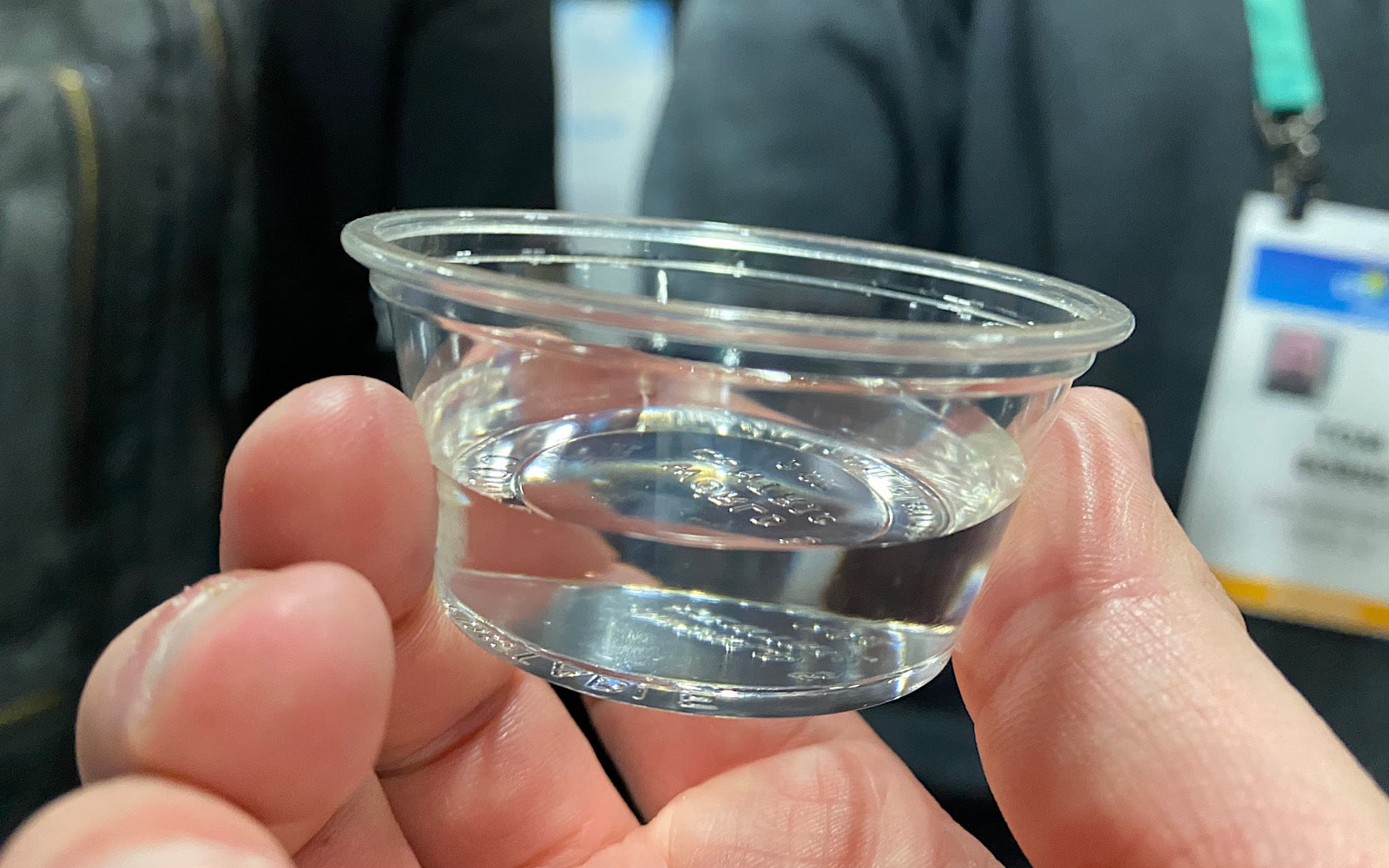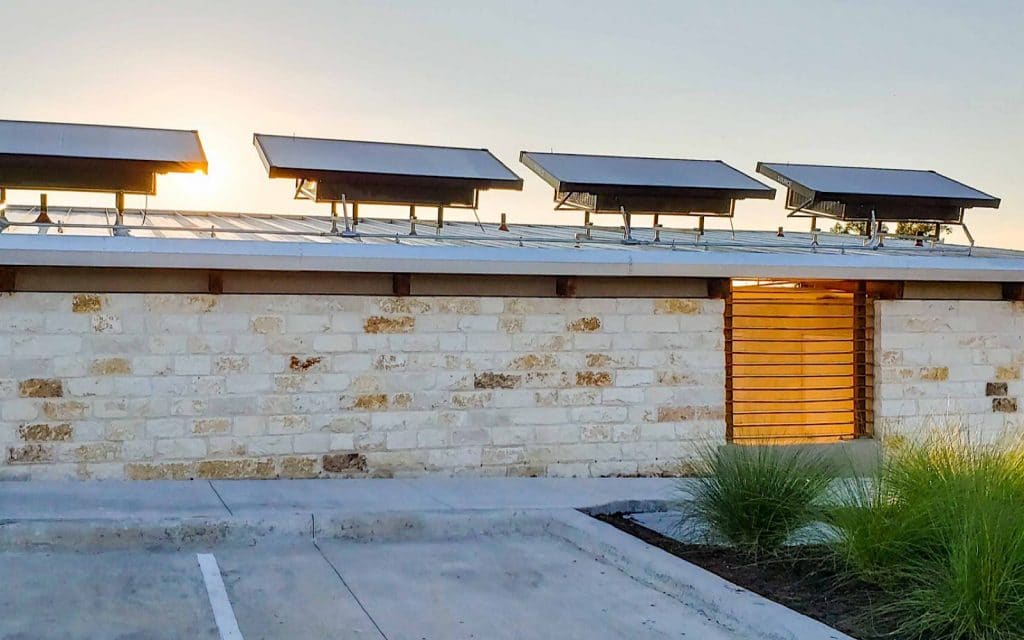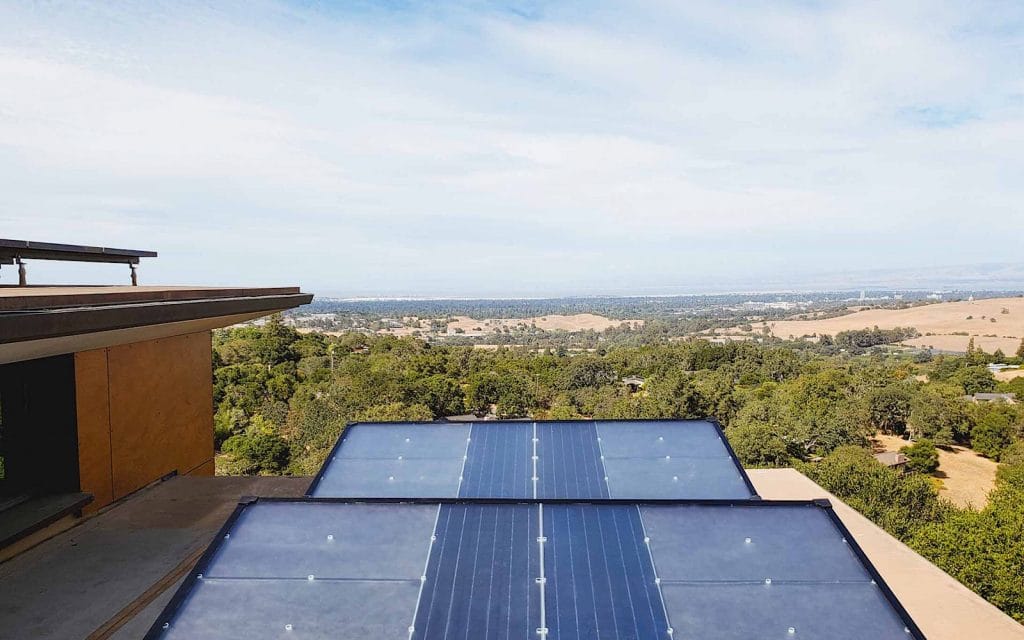Australia is parched, but we have plenty of hot air. Why not use a technology based on that to make things somewhat better?
Amidst level 2 water restrictions and one of Australia’s worst drought seasons, the idea of getting water easily throughout a disastrous rain season is an idea we suspect most Australians would get behind. Even though our government tends to be reluctant to embrace climate science, we imagine a technology that could improve water output in even the smallest capacity would be one it could get behind.
And yet that might be a possibility, because one of the crazier ideas we saw at CES this year delivered that sort of knock-out punch. Before the show even began, CES Unveiled delivered a hint of what the world could offer when science and technology met for the purpose of beating drought.
It’s not a total defeat of drought, but it’s a first step, and in a place like Australia, it’s a technology that makes a lot of sense.
How would you like to make water from air? That is apparently a possibility, as the Zero Mass Water “Source” technology has been developed to find a practical use for thermodynamics, and make water from air. Humid air, to be exact, but air nonetheless.
The technology is interesting, because it’s also something that stays off grid. While water generation concepts like this have apparently been floated in the past in atmospheric water generators, the question mark would often hover over the energy side, because you needed energy to make the technology work, which would invariably mean drawing energy from the grid.
Zero Mass Water’s approach is a little more green, however.
Instead of drawing energy from the grid, the system is reliant on a solar panel, and one you can mount to your home. Typically there are a minimum of two per installation, with the Rexi edition of the Source water system using the renewable source that is solar installed on buildings to heat the air above the panel when sunlight hits, turn that into moisture droplets, and collect it into a small pool that is distilled and mineralised to be something you can drink.
It’s a crazy technology that delivers water as you’d expect it, producing between 4 to 10 litres from its two solar panels per day, dependent on what the weather is like where they are. The more humid the air, the more you’ll collect, but we’re told even dry air can produce results.
Granted, a maximum of ten litres daily isn’t going to be enough to go off-grid entirely for your water needs, especially given washing appliances consume much more water than that alone. But when we require water to drink, it could be a sound addition to Australia’s needs, particularly given the water restrictions much of Australia is set to face.
As such, it’s something you might expect the Australian government to be involved in. It’s not — not yet, anyway — but if a government was looking for ways to get people power involved in water preservation, this seems like the sort of thing that should be added to the renewable power incentive system currently operated by the Australian government. Presently, it works with a solar energy system under the Small-scale Renewable Energy Scheme for voltaic panels and solar water heaters, though no listing yet for what this is technically called a hydropanel as we can see.
Like all new technology, this one may not be cheap. Current US pricing of the Zero Mass Water Source device for homes — the Rexi — puts it at around $6,000 US, making it not exactly cheap, though there are other options for fields with multiple panels that can cost more. If you have a block of land and would like to produce more water, that may be a better option.
In fact, Source is not exactly new to Australia. While its CES 2020 presence was a welcome introduction to local journalists who hadn’t yet seen the concept, several Australian installations of the technology already exist. According to the Source website, there are around nine local examples at the time of publishing, essentially proving the system can provide water in situations that may struggle normally.
However if the technology was embraced by a government, it might become even more of a thing, and may provide parched Australian households some relief at a time when it is so desperately needed.
Leigh Stark was flown to CES 2020 in Las Vegas, USA as a guest of the Consumer Technology Association (CTA).









